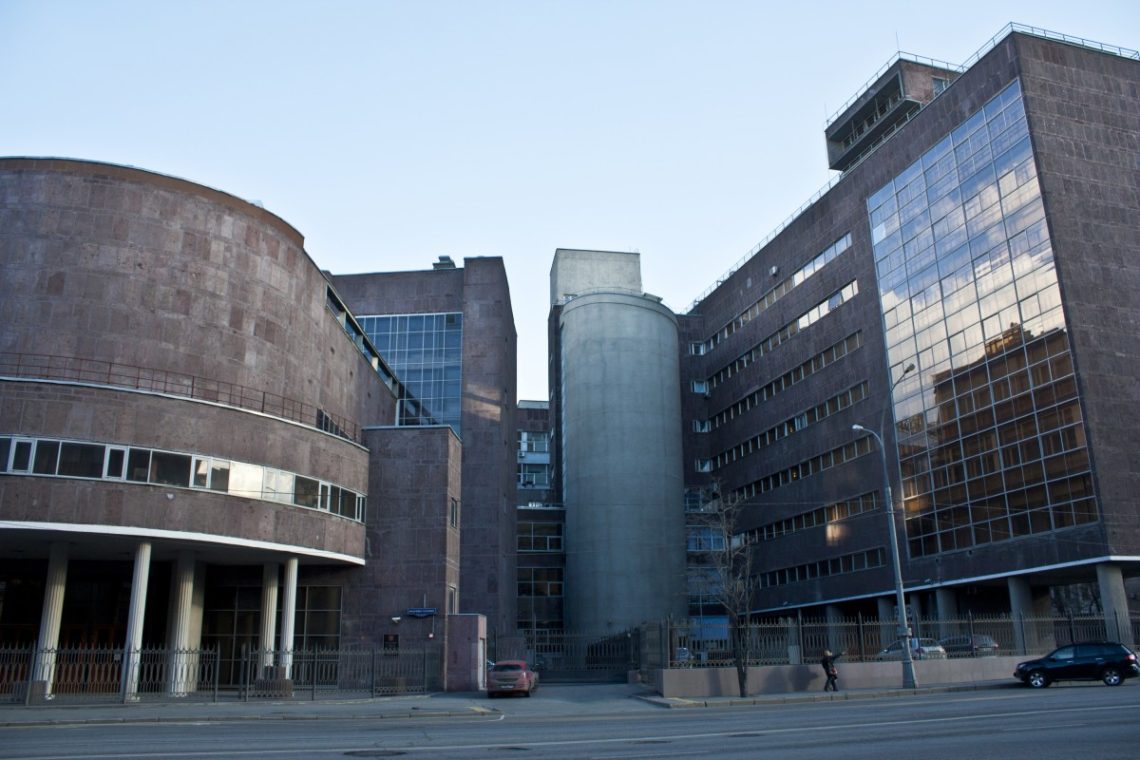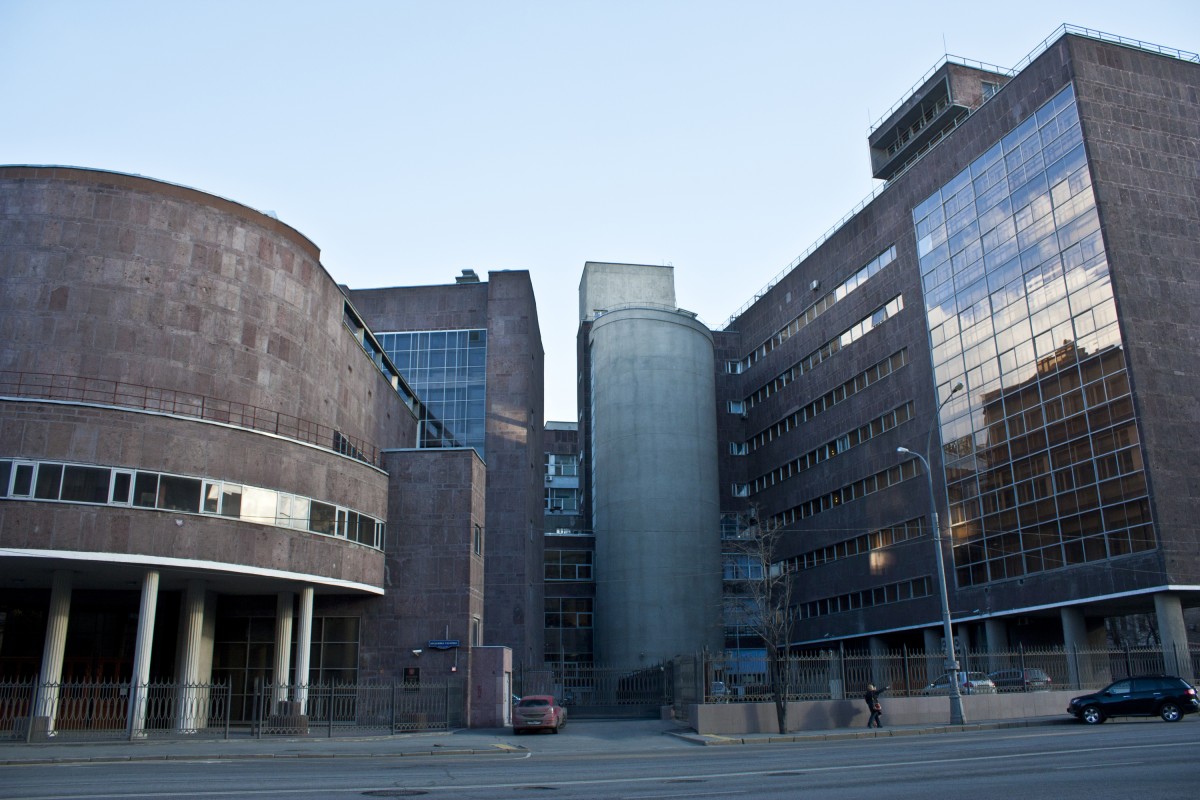
All photos by Oksana Timchenko
Architecture and urban design have become popular themes in Moscow since the city’s large-scale urban redevelopment began in the 1990s, and as progressive civil engineering and modern design have rapidly changed both the physical cityscape and its ambience. Change at this scale cannot leave untouched the city’s Soviet architectural heritage – a source of concern, because Muscovites’ relationship with this heritage is conflicted, to say the least.
Since the Soviet period ended relatively recently, many Russians have difficulty regarding it as “history”. Soviet architecture, therefore, is treated not as something with historical or cultural value, but as an aspect of contemporary culture free to be adapted or destroyed according to the needs of the day. At a more emotional level, some residents feel embarrassed about the Soviet past – its utopian character, its inhumanity and anti-individualism, its confrontation with the West — and thus prefer to conceal its evidence, to repress it as a traumatic experience. Yet at the same time, many other people continue to cherish their memories of the Soviet past, with its big dreams and great achievements. And youngsters for whom the period is little more than a romantic mystery have been, until recently, surprisingly indifferent to issues of preservation and to the buildings themselves. Such a wide range of perspectives has meant that for a long time there has been no clear direction in cultural policy concerning Soviet architecture.
Yet the Soviet project – no matter what our personal attitude to it happens to be – was a daring, unique, and non-reproducible social experiment. We have an obligation to take care of its artifacts and to try to understand their meaning, instead of consigning them to oblivion and myth. After the breakup of the Soviet Union, many objects – among them valuable monuments of the Soviet epoch – were destroyed or transformed beyond recognition. These losses sparked a response among citizens and a greater awareness among city authorities of the heritage still at risk. Though the situation was deplorable, significant steps forward have been made. This photo essay highlights some positive changes that have happened recently, and shows how Soviet architecture continues to exist in, and enhance, the urban context of twenty-first century Moscow.
A new lease on life for the avant-garde
The innovative and fashionable materials of the 1920s turned out to be easily eroded, and by the twenty-first century many beautiful constructivist buildings of the Soviet avant-garde were in poor condition. Some of the most notable of these buildings have recently been restored, as others will be in the near future. Many Soviet workers’ clubs, for example, have become homes to cultural institutions that discuss and popularize urban issues; the Russian Avant-garde Foundation, appropriately, is located in the Burevestnik Workers’ Club, while others now host specialized libraries, lecture and conference halls, and theaters. Likewise, the former residence and studio of constructivist architect Konstantin Melnikov – one of the founders of the Soviet Union’s architectural avant-garde – will be transformed into a museum. Communes, by contrast, have tried to preserve their original functions; in 2013, the partly-restored communal house designed by Ivan Nikolaev for students of the Textile Institute opened its doors once again as a student dormitory. There is an ongoing discussion about the famous and innovative radio tower designed by Vladimir Shukhov in the early 1920s: city authorities were considering whether to dismantle and move it to another location – a prospect that triggered much debate and protest. The tower was saved from demolition by a poll among residents, and its owners now plan to organize an international fundraising auction, and with the help of sponsors, to restore the tower and transform the surrounding area into cultural cluster.
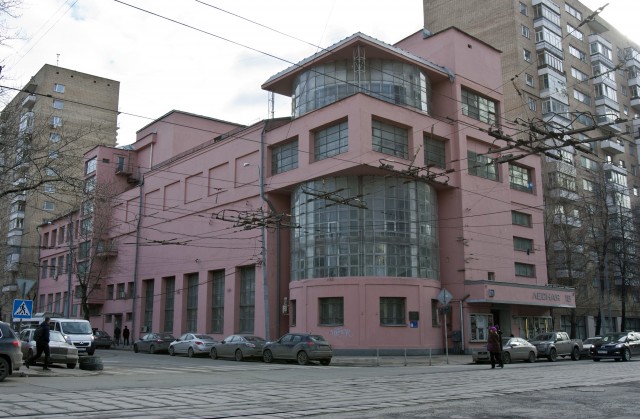
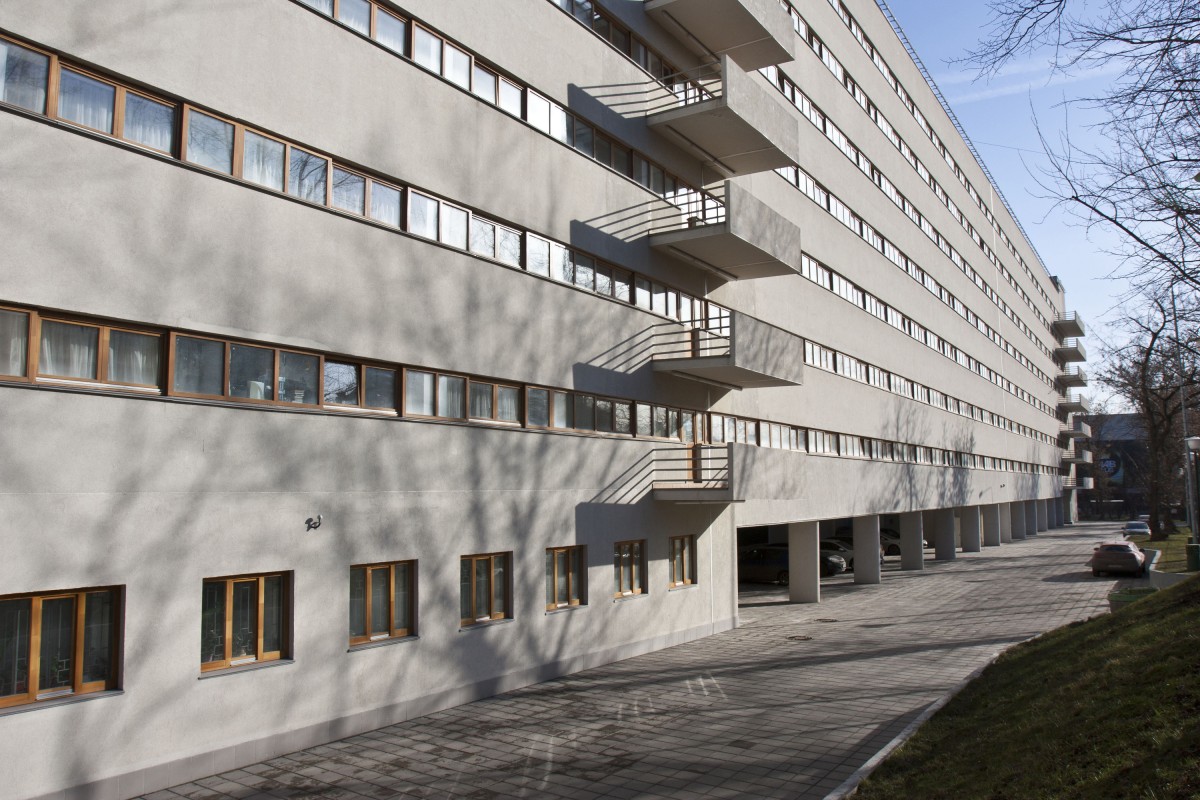
Industrial parks transformed
Moscow’s industrial zones occupy roughly one-fifth of the city’s area, and while some of these remain devoted to their original purposes, those that have fallen into disuse present a range of opportunities for residential developers, creative entrepreneurs, and other businesses. The city’s process of gentrification through culture is exemplified by the Jewish Museum & Tolerance Center and the Center of the Avant-Garde, both of which are located inside the Bakhmet’evskiy Bus Garage, a facility constructed in 1927 by Melnikov and Shukhov. In 2008, the building was restored and adapted by Dasha Zhukova, establishing her new contemporary art museum “Garazh” (Garage) as the Center’s first project (Garazh moved to Gorky Park in 2012).
Another prominent example is the design centre Artplay, which nestles inside the sprawling factory district built for the instrument engineering firm Manometer. Here, former industrial buildings have been transformed into exhibition halls, co-working spaces, art-clusters, shops, and cafés. Since the arrival of influential institutions like the British Higher School of Art and Design, the Moscow Architecture School, and the Moscow School of New Cinema, the district has become a centre of modern life and education.
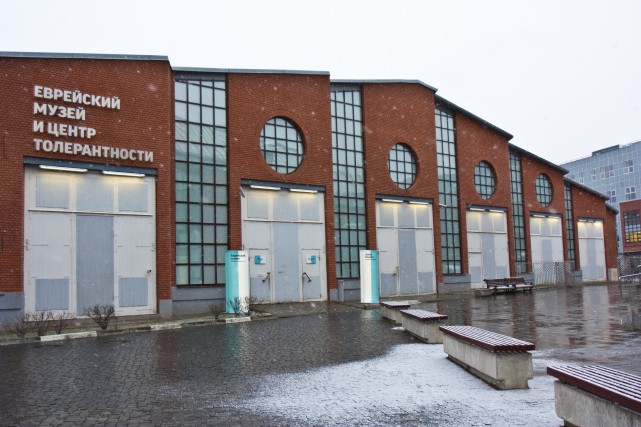
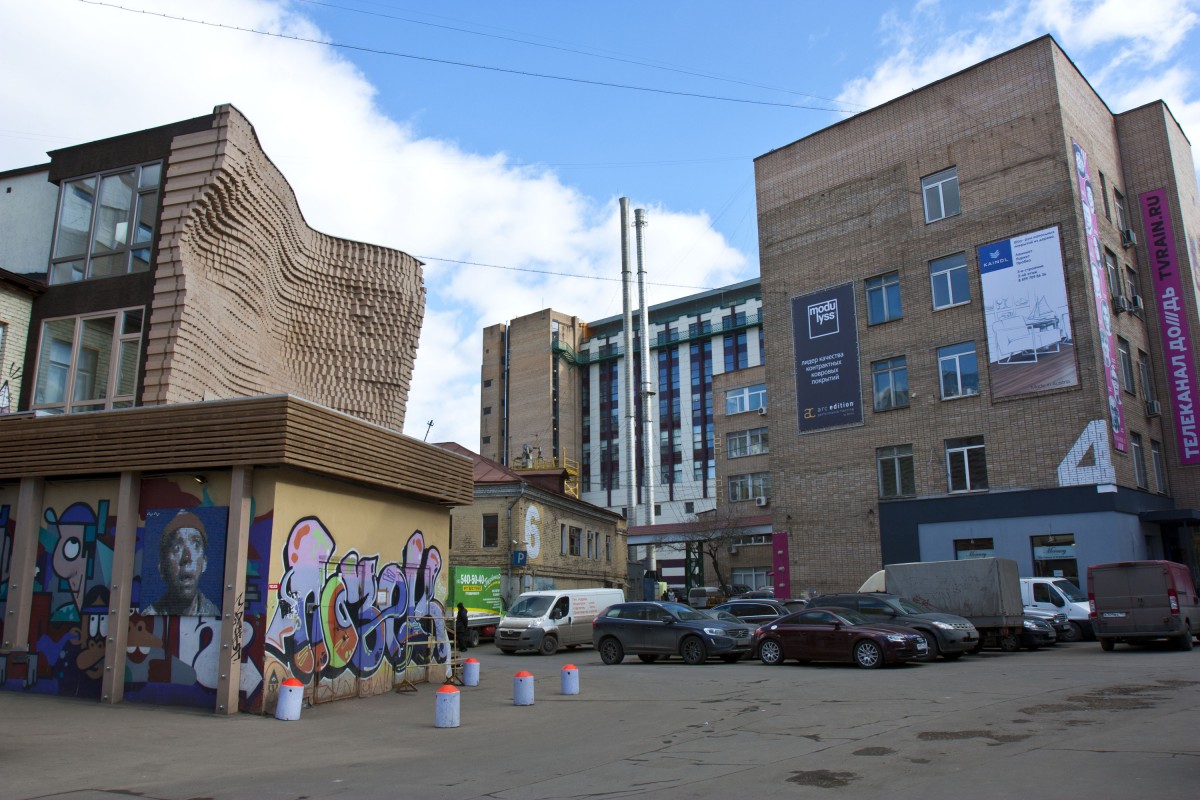
Hotels modernized or replaced
The grandest hotel of the Soviet era, Hotel Moskva, is still the city’s most significant loss. For many years it stood neglected and in increasingly poor condition. Unable to restore it, city authorities demolished the building in 2004; the ersatz structure that replaced it is nothing like Alexey Shchusev’s original project. Waste ground marring the heart of the city after the demolition of the giant, modernist Hotel Rossiya in 2006, meanwhile, will soon become an innovative new park designed by the American architectural firm Diller Scofidio + Renfro.
Two of the city’s Stalinist, neoclassical high-rises were the luxury hotels Leningradskaya and Ukraina, — decades after their construction they could no longer provide high-quality service but despite this remained very expensive. By 2010, both had been sold, modernized, and re-opened as the Hilton Moscow Leningradskaya and the Radisson Royal Hotel Ukraine, their rich historical interiors now combined with updated facilities and standards of service.
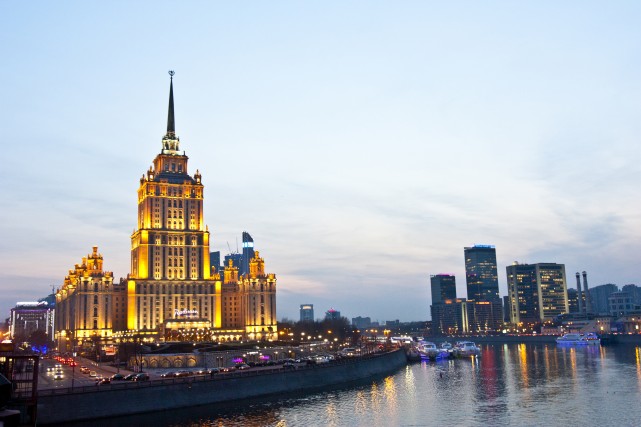
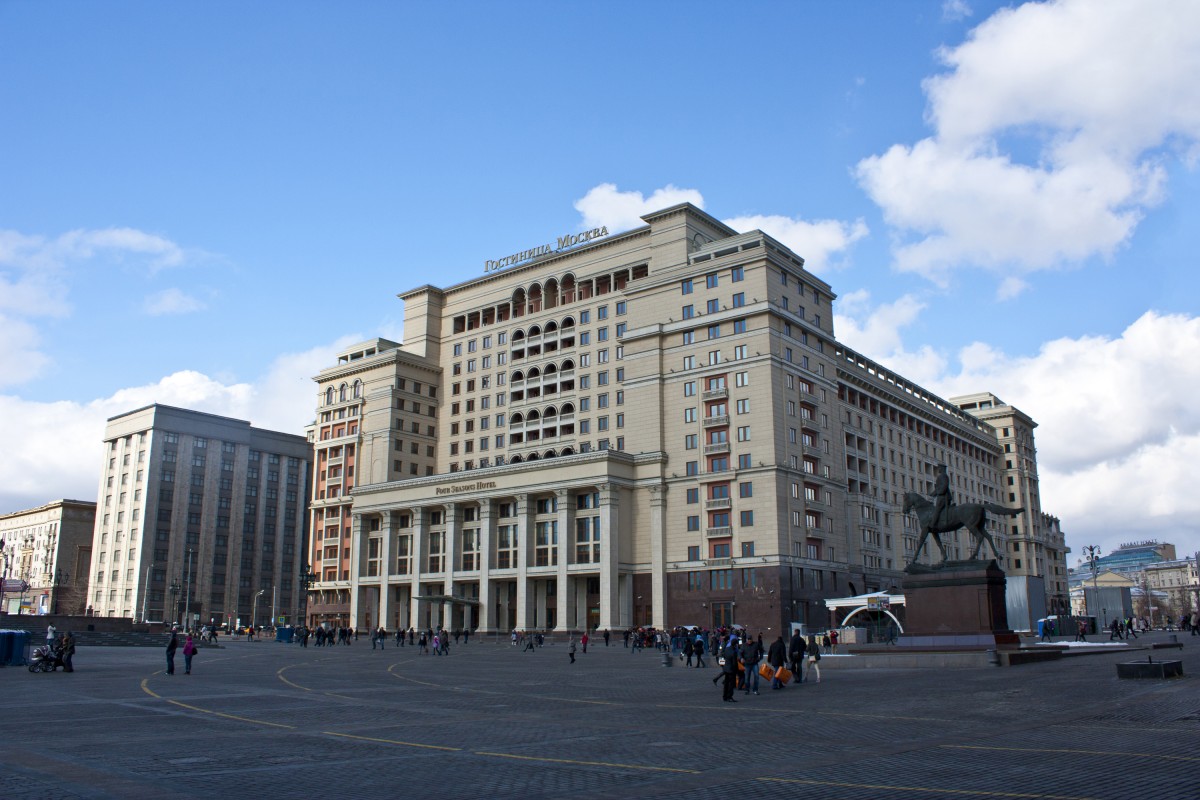
Illuminations and facades
Until quite recently the original 1960s-era high-rises on New Arbat Avenue were covered with advertisements, as if ashamed of their greyness. Widely-considered ugly, there was a debate over demolishing them – an almost certainly wasteful and ecologically-harmful operation – and recreating the buildings that had been sacrificed for them, or changing their appearance. An attempt was made to reface them with “modern” materials, but the project was interrupted as it became obvious that it would have eliminated the buildings’ Soviet aesthetics without changing the situation for the better. The city’s current authorities have taken the problem seriously, as New Arbat is the main street and face of the capital, leading from the Kremlin to the Moscow City international business centre – or, as one might put it, from the historical heart of Russia to a high-tech complex with no local identity, a symbol of globalization and of the future. Appropriately, New Arbat’s cleaned facades have been modernized with architectural illumination. City authorities also decided to sell three of the iconic “books” (so-called because of their distinctive shape) to foreign investors by 2015 and to adapt them into hotels.
Less remarkable examples of late-Soviet architecture haven’t been ignored, either. In 2015 the Moscow government plans to put up for auction thirty-eight suburban cinemas, which are slated to become museums or sports and shopping centers. Buyers will be obliged to reserve no less than 30% of each building for cultural or educational institutions. The Pushkinsky Cinema, meanwhile, built in 1961 and the largest in Moscow, has been transformed into a hall for musical theatre. And while the grey-block buildings of hospitals and research centers continue to meet present-day requirements, many will be refaced to suit the more modern cityscape emerging around them.
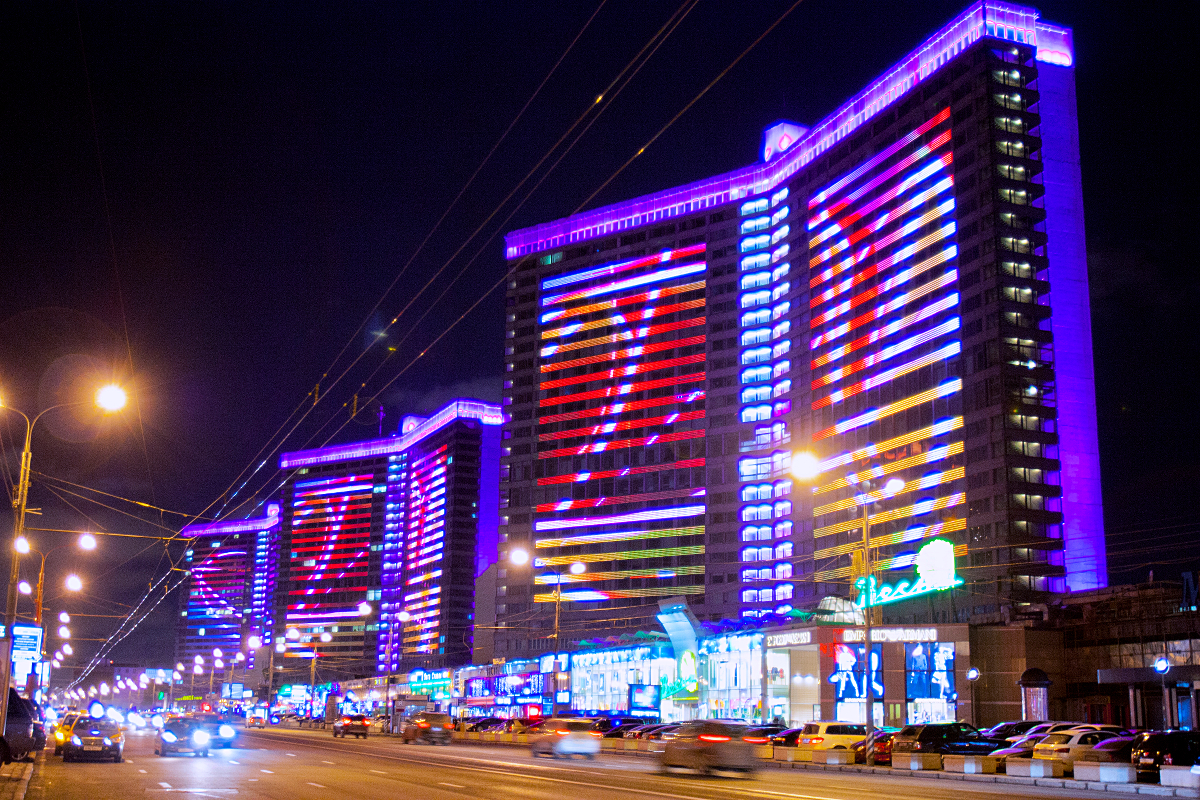
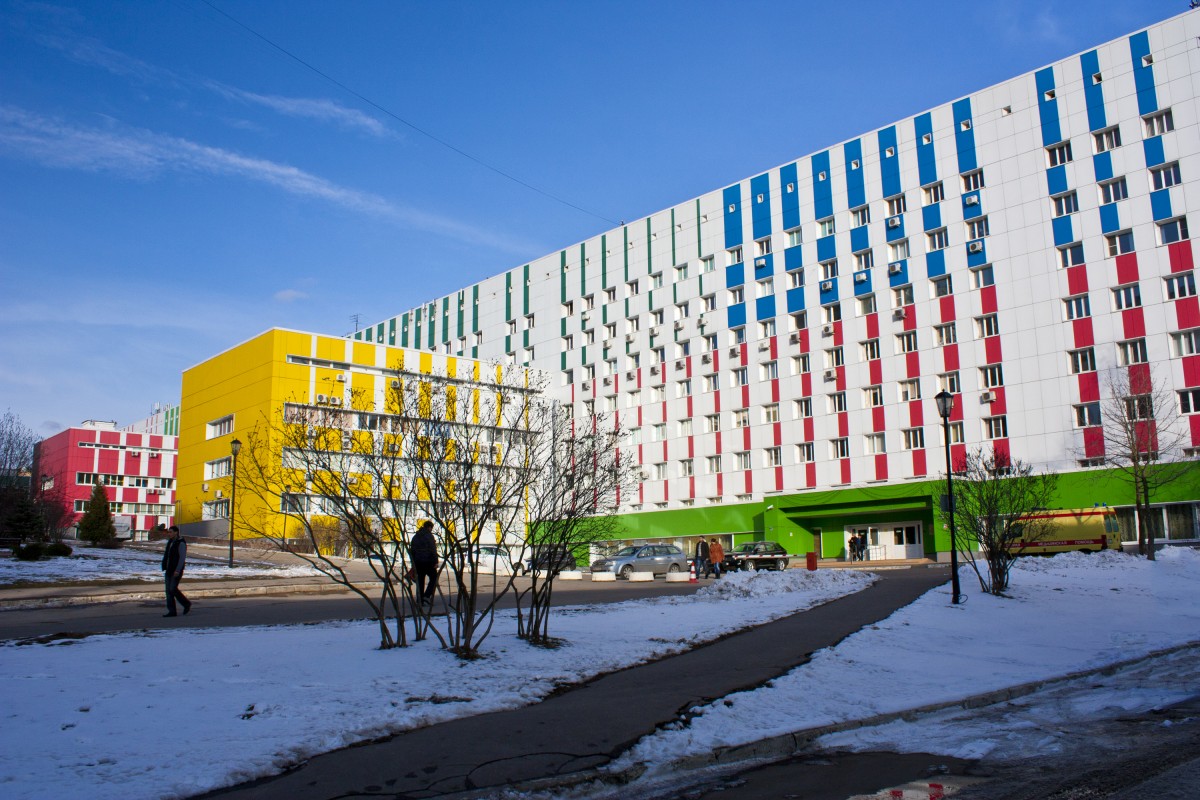
The past in the new
Universally ignored in the 1990s, late-Soviet architecture has recently been shown greater respect by real estate developers. The new luxury complex “Avenue 77”, for example, was built in 2011 in the same style and colour as the experimental residential buildings from the 1970s that surround it in the Severnoe Chertanovo “microrayon” (i.e. a carefully-planned complex of apartment buildings, amenities, and community services). A more amusing example of sentimentalism toward a vanished epoch is the model of Tatlin’s Tower – a famous and influential constructivist project that was never built – that crowns the luxury Patriarch Apartments in the city’s center. The building itself is posh and tasteless, yet its sophisticated top can be seen from far away and contributes to the city’s mystery. The past is also influential in less obvious ways: the curved outline of 2009’s Domnikov Business Center, for example, subtly refers to the famously constructivist shape of the Zuev Workers’ Club.
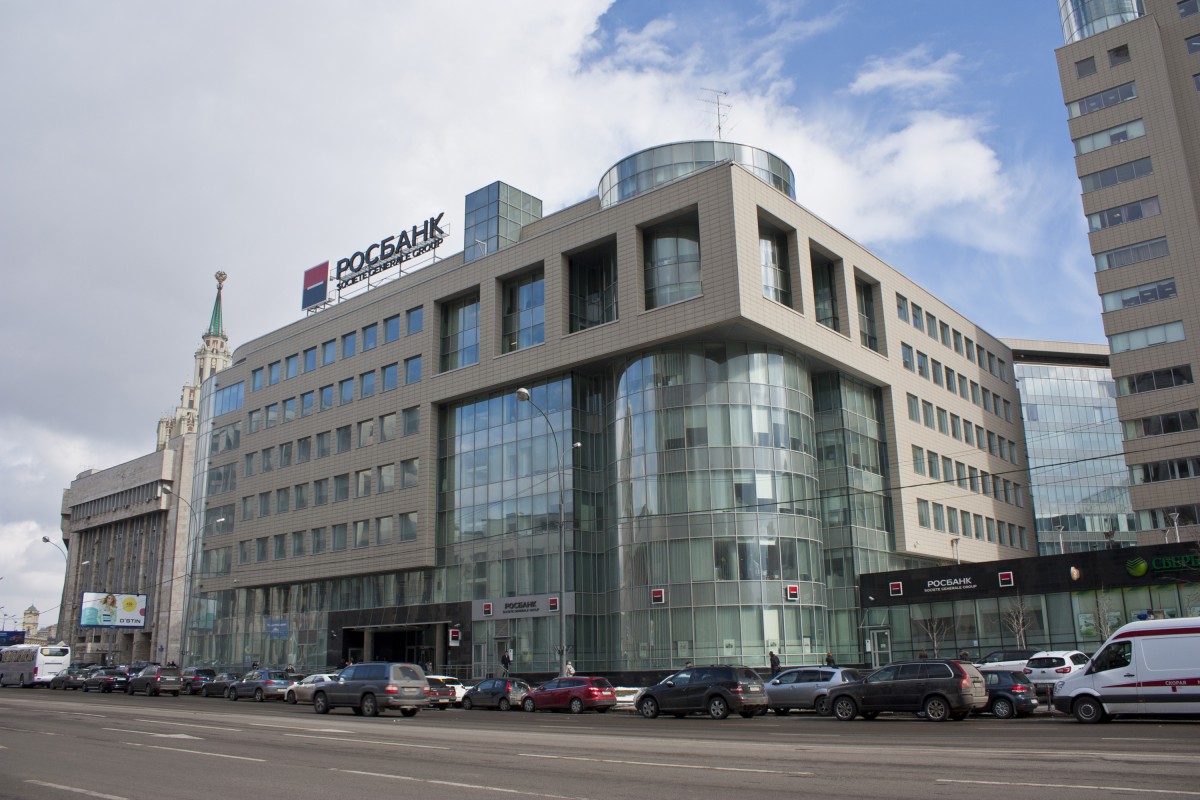
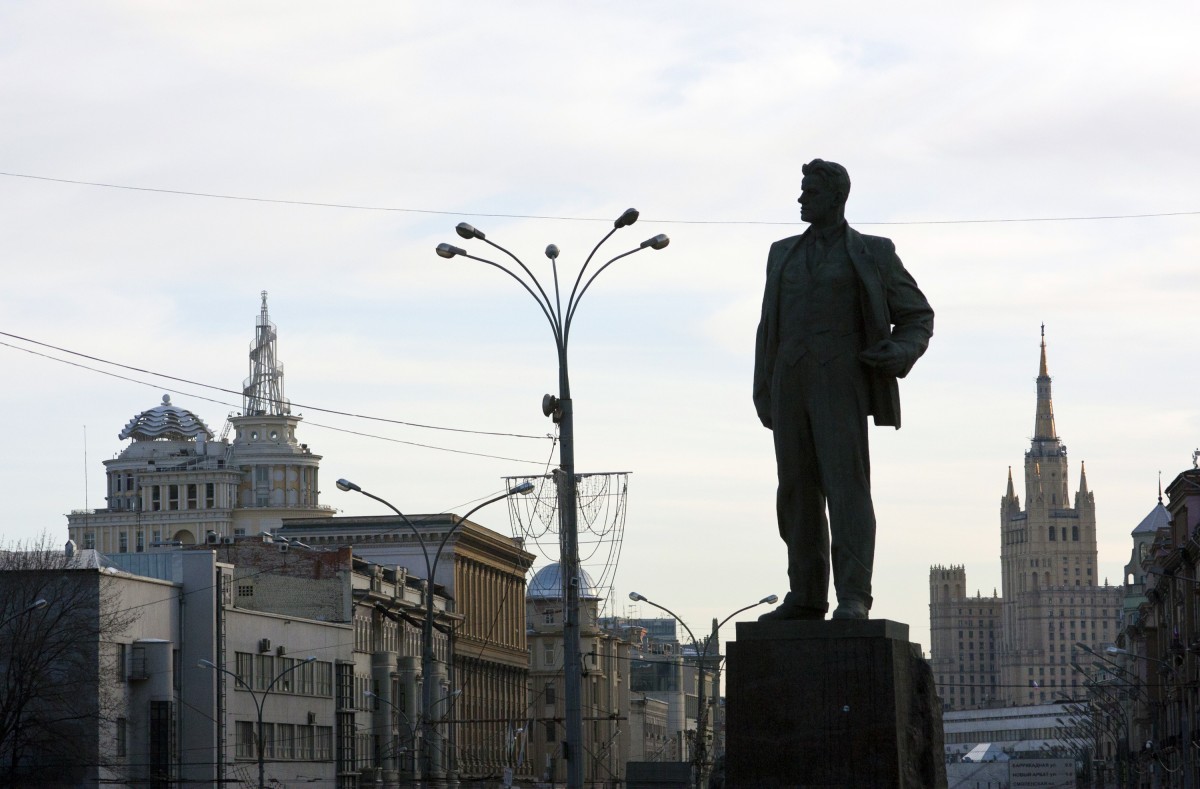
Oksana Timchenko is a writer, photographer, and singer based in Moscow. More of her photography can be seen on Behance.

